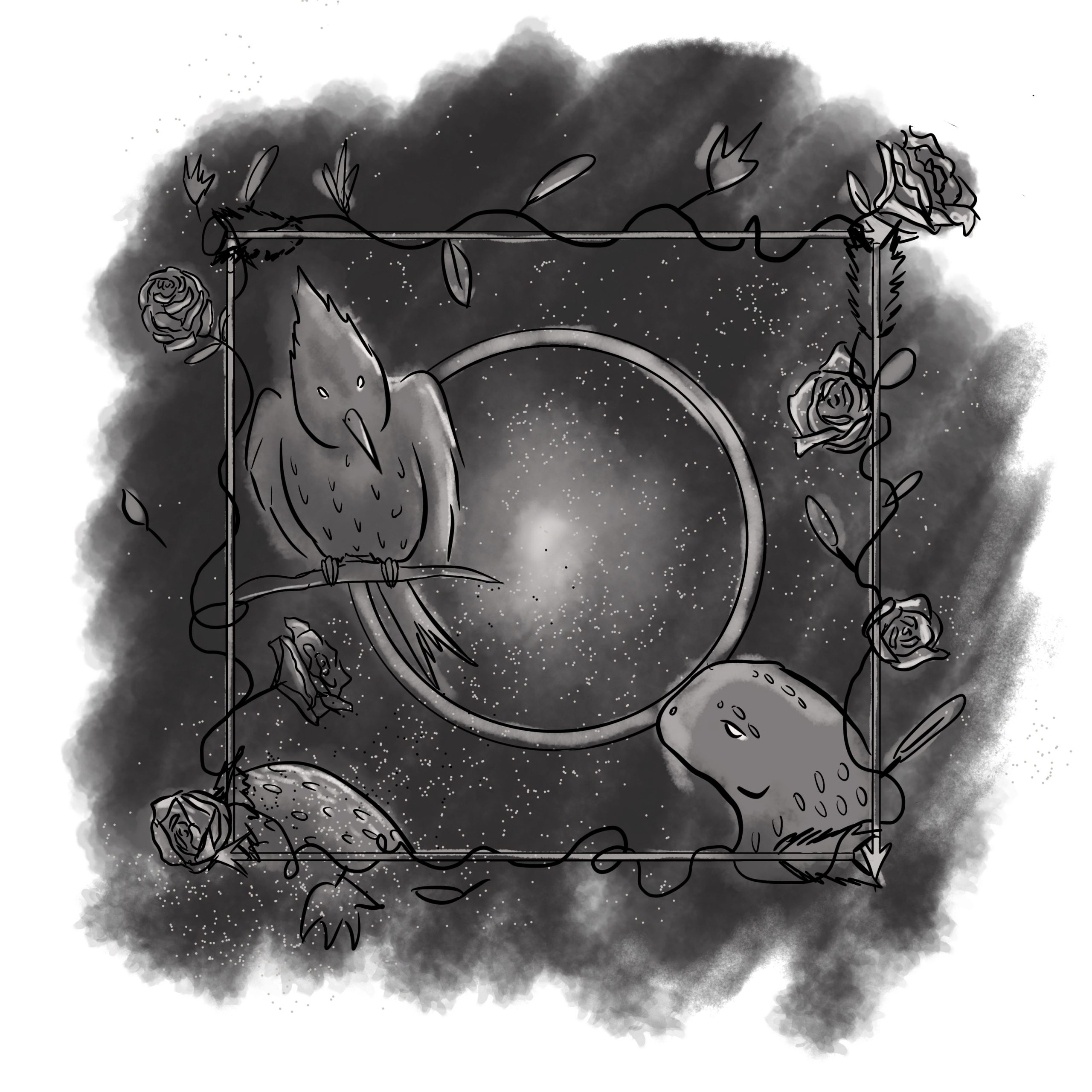“Ballad of Songbirds and Snakes”
3.5/5 ***
“Ballad of Songbirds and Snakes” (2023), directed by Francis Lawrence, is the book-to-movie adaptation of Suzanne Collin’s book of the same name. In this cinematic return to the world of Panem, audiences are taken back in time to the tenth annual Hunger Games. In one of the first major scenes, academic dean Casca Highbottom (Peter Dinklage) explains that, due to dwindling interest in the Hunger Games from Capitol citizens, Capitol students are to be paired with the tributes reaped from the districts. Their job is to make the tributes, and by extension the games, as entertaining as possible.
The story follows a young Coriolanus Snow (Tom Blyth). Far from the powerful president holding a grudge against a 16-year-old girl, he himself is nothing but a hungry teenager whose family has fallen from grace and into the depths of poverty. Eager to prove himself with this assignment of making a spectacle of the Hunger Games, he initially sees his hopes dashed when he is paired with the impoverished District 12’s tribute: Lucy Gray Baird (Rachel Zegler).
However, he soon realizes that he may have an advantage over his fellow students with his colorful tribute and her musical talents. As tribute and mentor, Lucy Gray and Coriolanus’s relationship slowly shifts from one of tentative trust to a budding romance. There’s an overarching sense of dread as the movie continues and the audience is forced to remember that first there is a Hunger Game to be survived. Not only that, but anyone who’s familiar with the series knows the path Coriolanus Snow is on. The only thing to do is see how it all falls apart.
This movie boasts a phenomenal cast outside of its leads with performances from Peter Dinklage as the Games’ creator and Viola Davis as the cruel Head Gamemaker. These two bring into focus one of the most central aspects of the movie: Why the Hunger Games?
What the movie suffers from is its format. One of the key elements of Suzanne Collins’s books is the deep look inside the narrator’s head. These internal monologues and motivations are mostly lost in a movie format and are left up to some sort of exposition or to the actors’ body language. Due to this, audiences who have only watched the movie may find Snow’s descent into evil rushed or even out of left field entirely. Having the benefit of knowing what Snow is thinking in any given moment, having read the book, things click into place far faster. It’s clear to see how his choices and his motivations lead him to where he is by the start of the original Hunger Games Trilogy.
An additional issue is the increased focus on the Hunger Games themselves. In the book, the game makes up a very small portion of the over 500-page novel. The brutality of the games themselves is upped, while the brutality of what is inflicted upon the tributes by the Capitol is downplayed. The bonding between tributes and mentors outside of Lucy Gray and Coriolanus is almost completely removed from the movies, taking away some very genuine moments of empathy from these Capitol teenagers, who are forced to advertise children their own age who are being sent to die. As always, there’s commentary to be made about the parallels between the Capitol’s desire for a spectacle and Hollywood’s desire to market.
That being said, one of the strongest features of the film is its soundtrack. This is most evident in the scenes which return to District 12. While the rest of the movie has a soundtrack that complements the original scores from the Hunger Games, these scenes in District 12 pull directly from those scores to create a real sense of cohesion in this world that is still 60 years away from the events of the original trilogy.
Overall, the movie is a good addition to the Hunger Games franchise — even if the book was better. (The book is always better).


